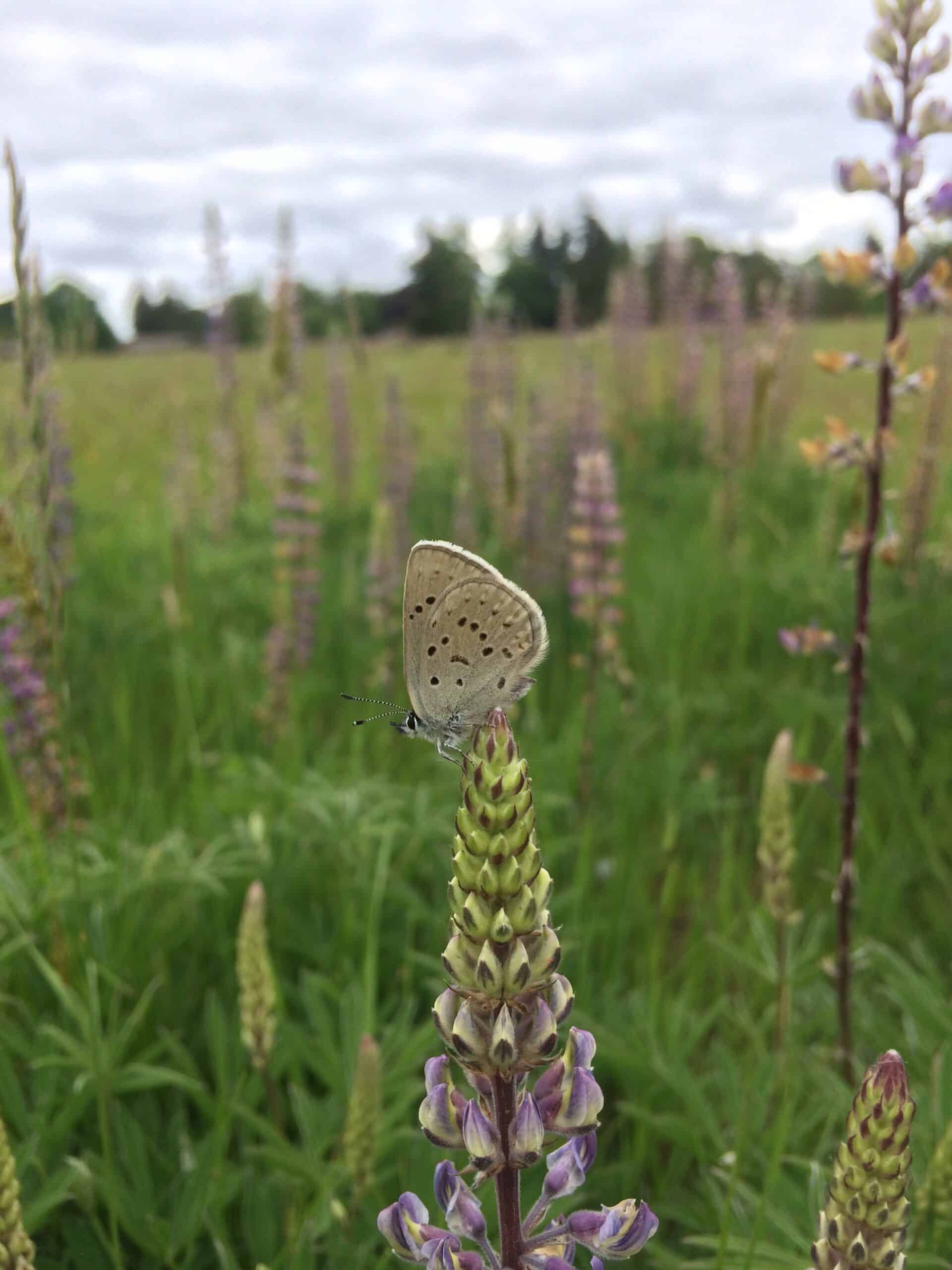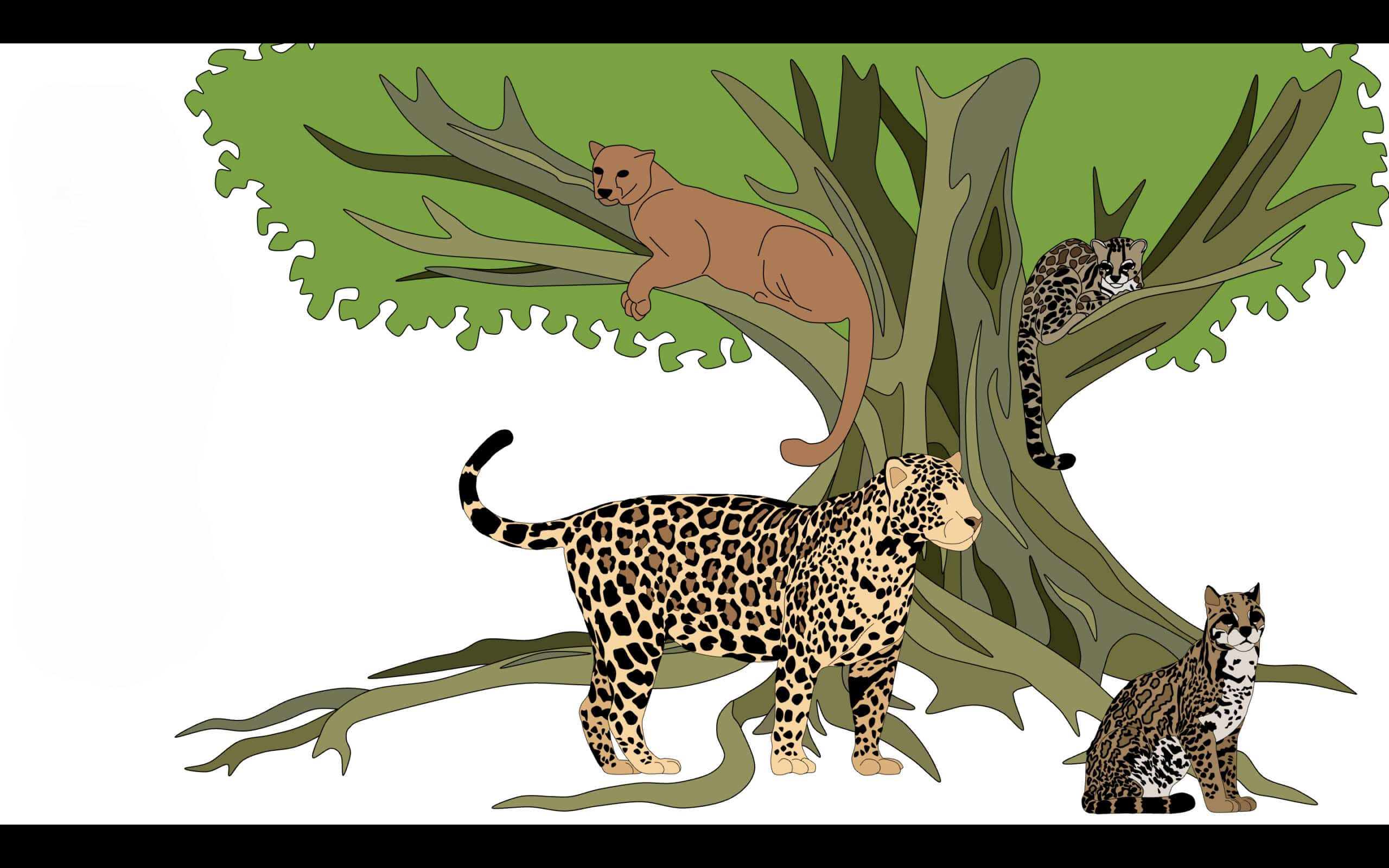Share this article
Coalition rallies around Recovering America’s Wildlife Act
The bipartisan Recovering America’s Wildlife Act (H.R. 3742) was reintroduced in the U.S. House of Representatives on July 12. Over 60 original cosponsors joined Reps. Debbie Dingell, D-Mich. and Jeff Fortenberry, R-Neb. in introducing the landmark bill.
Thanks to efforts by The Wildlife Society and other members of the Alliance for America’s Fish and Wildlife, the coalition backing this legislation, the bill now has nearly 90 cosponsors, less than three short weeks after its introduction. The coalition is continuing to build additional support for the bill before Congress reconvenes in September.
If passed, the legislation would provide $1.3 billion annually for state fish and wildlife agencies and an additional $97.5 million annually for tribal natural resource agencies to work on at-risk species recovery. This funding would support the implementation of State Wildlife Action Plans, which identify species at risk of becoming threatened or endangered, known as species of greatest conservation need, and detail proactive plans to reduce population declines in an effort to prevent the need to list them under the Endangered Species Act.
Members of The Wildlife Society and other natural resource professionals can help build support for the bill by signing a letter that will be sent to the U.S. House of Representatives in the fall. TWS members can also directly reach out to their members of Congress by sending them a message through TWS’ action alert system. The Alliance hopes to generate enough support by September to prompt a hearing in the House Natural Resources Committee and to spur the introduction of a companion bill in the Senate.
To learn more about the bill, check out The Wildlife Society and the American Fisheries Society’s webinar detailing the specifics of the bill and potential outreach strategies and visit wildlife.org/recovering-americas-wildlife-act.
Header Image: Forty-one states identified the peregrine falcon (Falco peregrinus) as a species of greatest conservation need in their 2015 revision of their State Wildlife Action Plans. ©Lowe, Roy/USFWS








